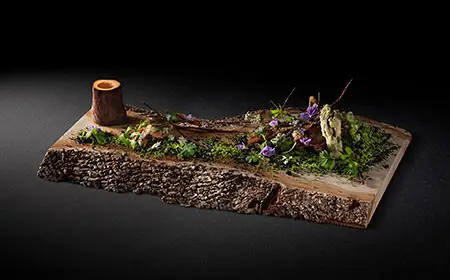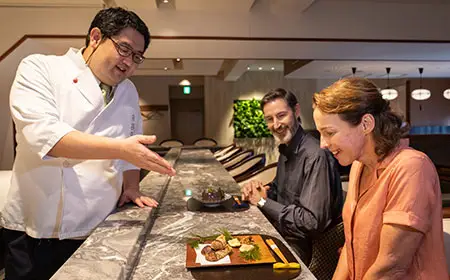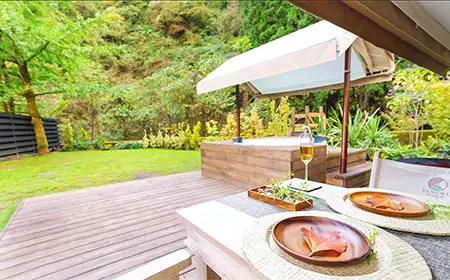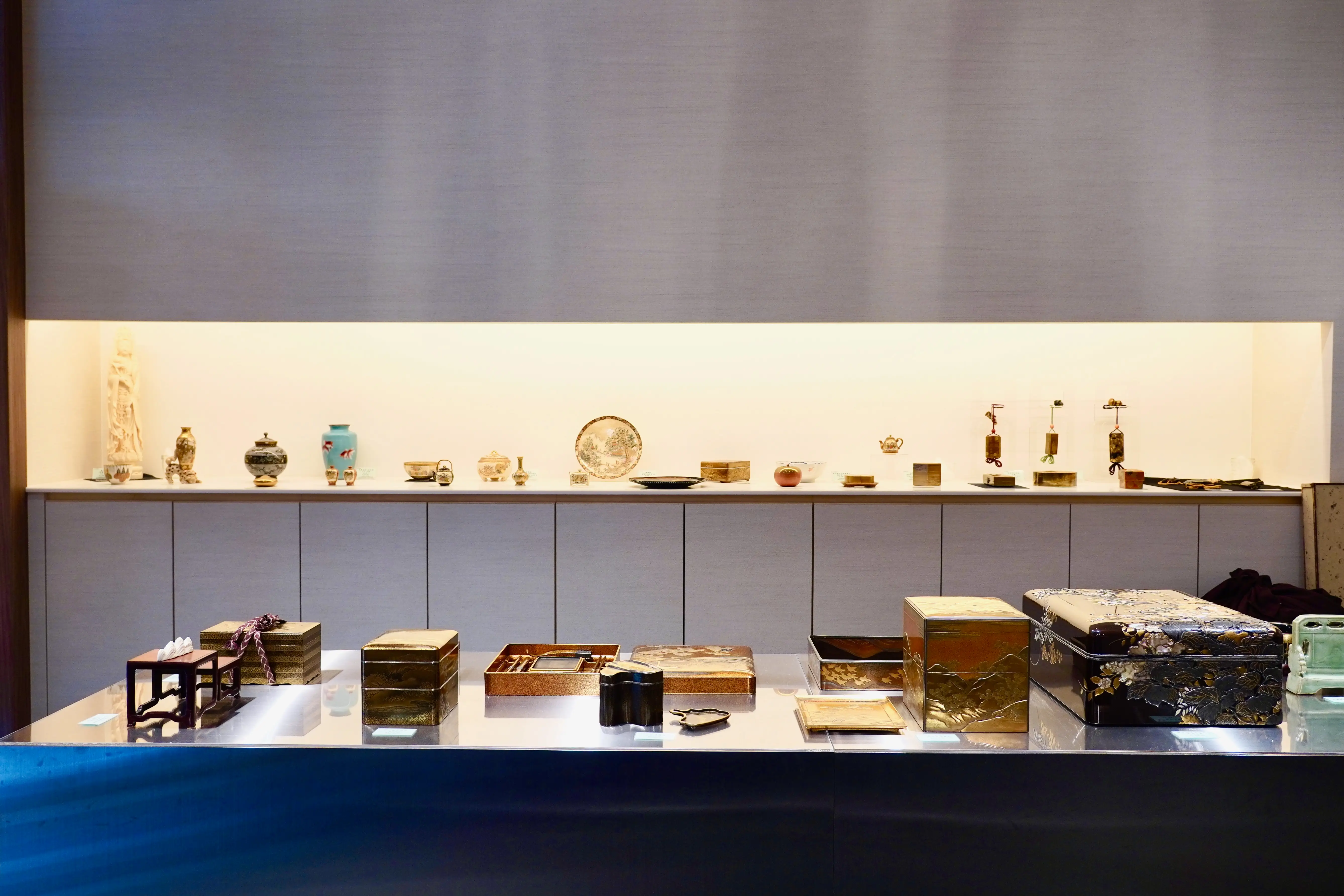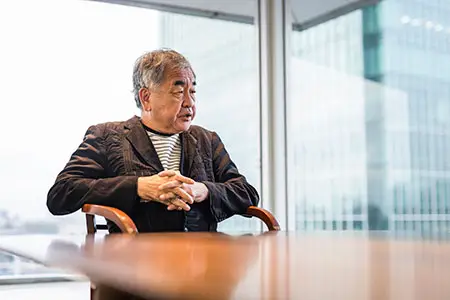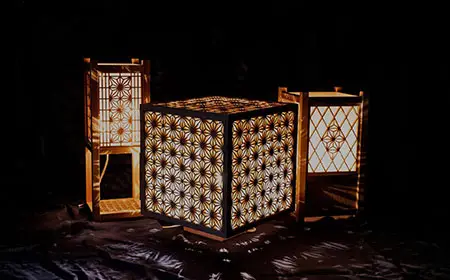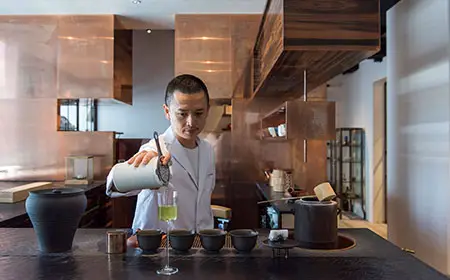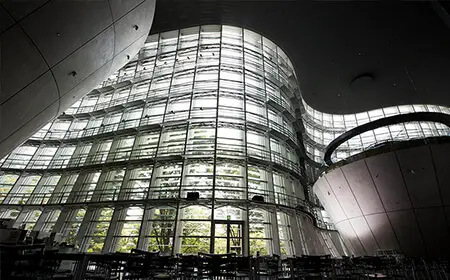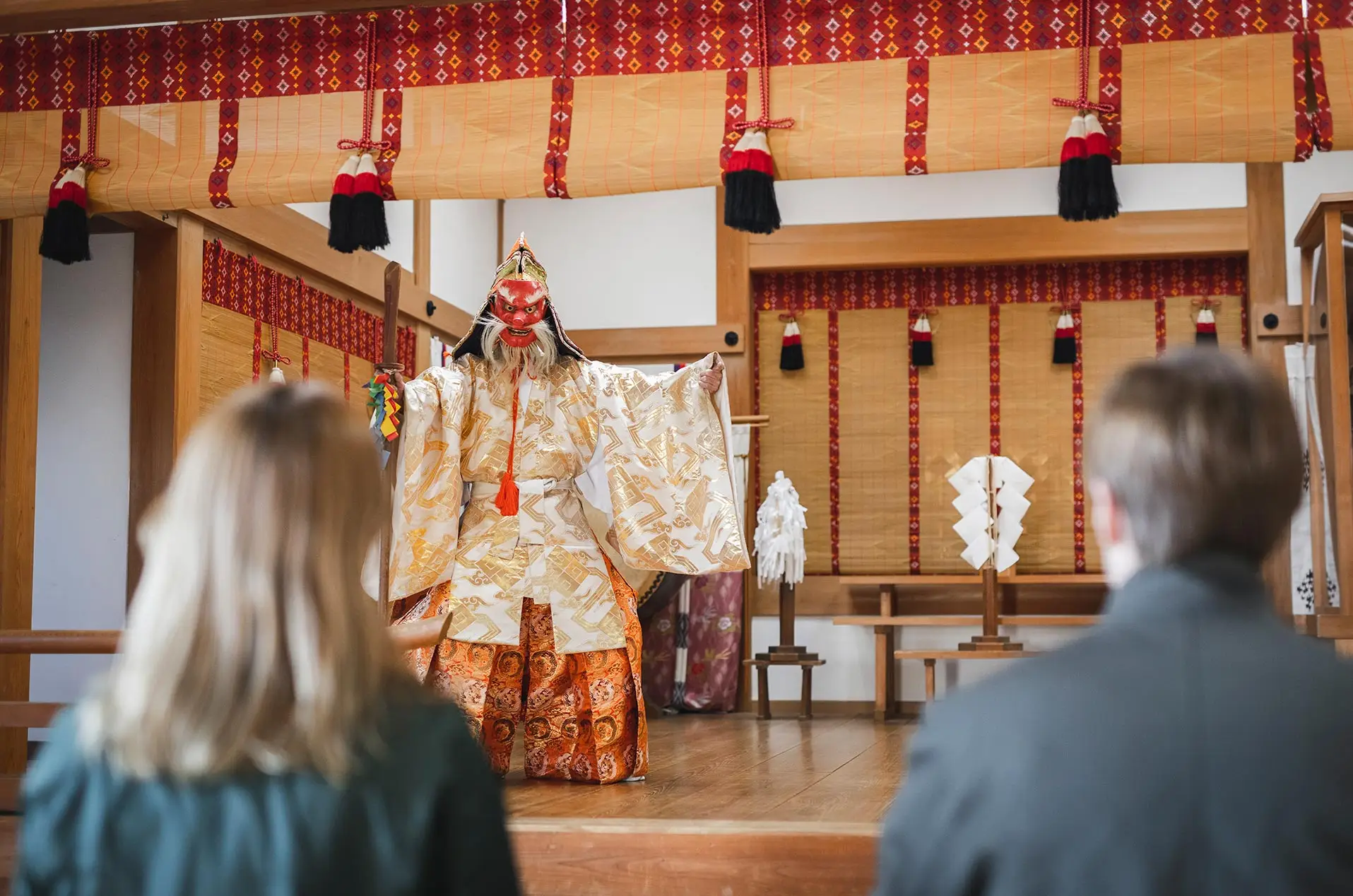
A HIDDEN VILLAGE RICH IN NATURE AND TRADITION
See the other side of Tokyo on Mount Mitake. Just two hours from the bustle of the city center, this richly forested holy mountain has welcomed pilgrims and visitors for centuries, in lodgings run by Shinto priest families. Discover a world of ancient worship, traditional cuisine, and stunning natural beauty.
Urban Outdoors - Regardless of where you are, you can enjoy the outdoors in your immediate surroundings. Whether you are living in a big city or travelling, you can easily and quite comfortably create the outdoors. Unlike a full-fledged outdoor trip in the wilderness, it is a remarkable style that combines easy accessibility with comfortable living in the city and precious time to relax.

Rich in food, culture, and the arts, Tokyo may be known for its lively city scene, but the capital’s outskirts are deep in nature. Pause the city life and take a short trip to the Mitake area just two hours west of central Tokyo. Here you will discover a beautiful old-world hamlet with a population of around 130 people perched on top of Mount Mitake (929 meters).

Mount Mitake has long been worshipped as a sacred mountain. At the summit is Musashi Mitake Shrine, said to have been founded 2,000 years ago. It rose to fame as a site for worship centuries ago, with many Shinto families from Tokyo and its neighboring prefectures, continuing the tradition of returning every year. The surrounding village is home to 23 Shinto priest families working together and taking on various roles while caring for the shrine for centuries. Although such tight-knit neighborhoods are exceptionally rare throughout the country, the Mitake area has beautifully retained its history and traditions since the 17th century while celebrating family milestones as a community and coming together in hardships. Friendly laughter and the sounds of little children echo through the clear air of this remote mountaintop, where younger generations take pride in returning to inherit the demanding role of head of the family.

Lodgings offered at Buddhist temples and Shinto shrines are known as shukubō. Historically, they were created to provide visiting pilgrims with overnight accommodation, a custom that began around 1,200 years ago. Mount Mitake offers the Shinto version of this overnight experience to all visitors, practitioners and non-practitioners alike. Originally, Mitake shukubōs welcomed practitioners in organized groups to purify themselves before making way to the shrine. These worshippers brought freshly harvested ingredients to the shrine as offerings, which were later prepared and enjoyed at the shukubōs. Following tradition, meals offered are made with local delicacies of the season. These authentic Japanese home-cooked dishes, along with the hospitality and invaluable interactions with Shinto priests and their families, is one of the charms of staying at a shukubō on Mount Mitake.

Higashibaba, owned by the descendants of one of the four generals of the famous samurai warrior Takeda Shingen, is one of the 23 Shinto priest lodgings in the Mitake area and a shukubō like no other. Built in 1866, this Baba family house has been deemed a Tangible Cultural Property of Tokyo and features an iconic thatched roof with a grand entranceway, delicate sliding screen doors and windows, and beautiful details throughout. The current 14th head of the family and his son are both Shinto priests, a position that has been inherited for generations since 1659. With centuries-old family heirlooms such as samurai swords and hanging scrolls, a stay at this museum-like house will make you forget you are in modern-day Tokyo. Komadori-Sanso which first opened its doors in 1776, is another shukubō in the area. Situated nearest to the Musashi Mitake Shrine and the summit, here you can immerse yourself in the stunning scenery of the surrounding mountains and nature. Stargazing at night with spectacular views of the cities in the distance is an unforgettable sight. With so much to see and experience on this historic and cultural mountain an overnight trip is indispensable.

Rich encounters with the charming people for Mitake, where one-third of the population is a Shinto priest, can truly make your stay worthwhile. Upon arrival at Mitake Cablecar station—the gateway to this village—the shukubō proprietress will escort you with an introduction to the area along the way. Walk up the 330 steps to the Musashi Mitake Shrine on a clear day for amazing panoramic views of the city and its surrounding areas. Here a Shinto priest will guide you through the history of the shrine and the treasure hall that maintains and exhibits historic items donated by worshippers, some of which have been designated national treasures. Today, the shrine is also known for its unique wolf statues, which resemble large dogs, making the shrine a popular destination for dog owners from Japan and worldwide. As Mount Mitake sits on the east end of the Chichibu-Tama-Kai National Park, it is also ideal for an easy hike. Here you will find beautiful autumn scenery in the fall, wild cherry blossoms in the spring, and Japanese renge-shoma that bloom in late summer. Upon request, a seasoned nature guide can introduce you to the charms of nature and provide a deeper understanding of the culture and history of the mountain as well. Hike to the scenic spots where you may get a glimpse of wild birds, deers, or musasabi (giant flying squirrels) on the way if you are lucky.

On Mount Mitake, there is so much to be experienced. In addition to paying respects at the shrine, shukubō guests have the rare opportunity to request a Kagura. This special ritual dance, usually performed by Shinto priests, is considered the most prestigious method of worship. Whether you wish for safe travels home or the success of future endeavors, your prayer can be offered to the gods through this traditional performance. Takigyo—the Shinto practice of standing directly under a waterfall in meditation—is another experience that the area is well-known for. Seizansō is one of the few shukubōs that will guide you through the practice, which begins with an easy hike to Ayahiro-no-taki; a waterfall that is regarded as a spiritual place and marked with a torii gate. Although the water is quite cold even during the summer, a series of Shinto chants and motions take place beforehand to help warm the body. Nevertheless, the sudden pressure from the cold water will overwhelm the body enough to clear the mind and leave a sense of calm so memorable that many people repeatedly return for this takigyo experience. Wander through the village of Mitake and you will find that this community extends their warm and welcoming spirit to all visitors. This special community that evokes true Japanese hospitality, may indeed be the ultimate appeal of this lush and historic mountain.








